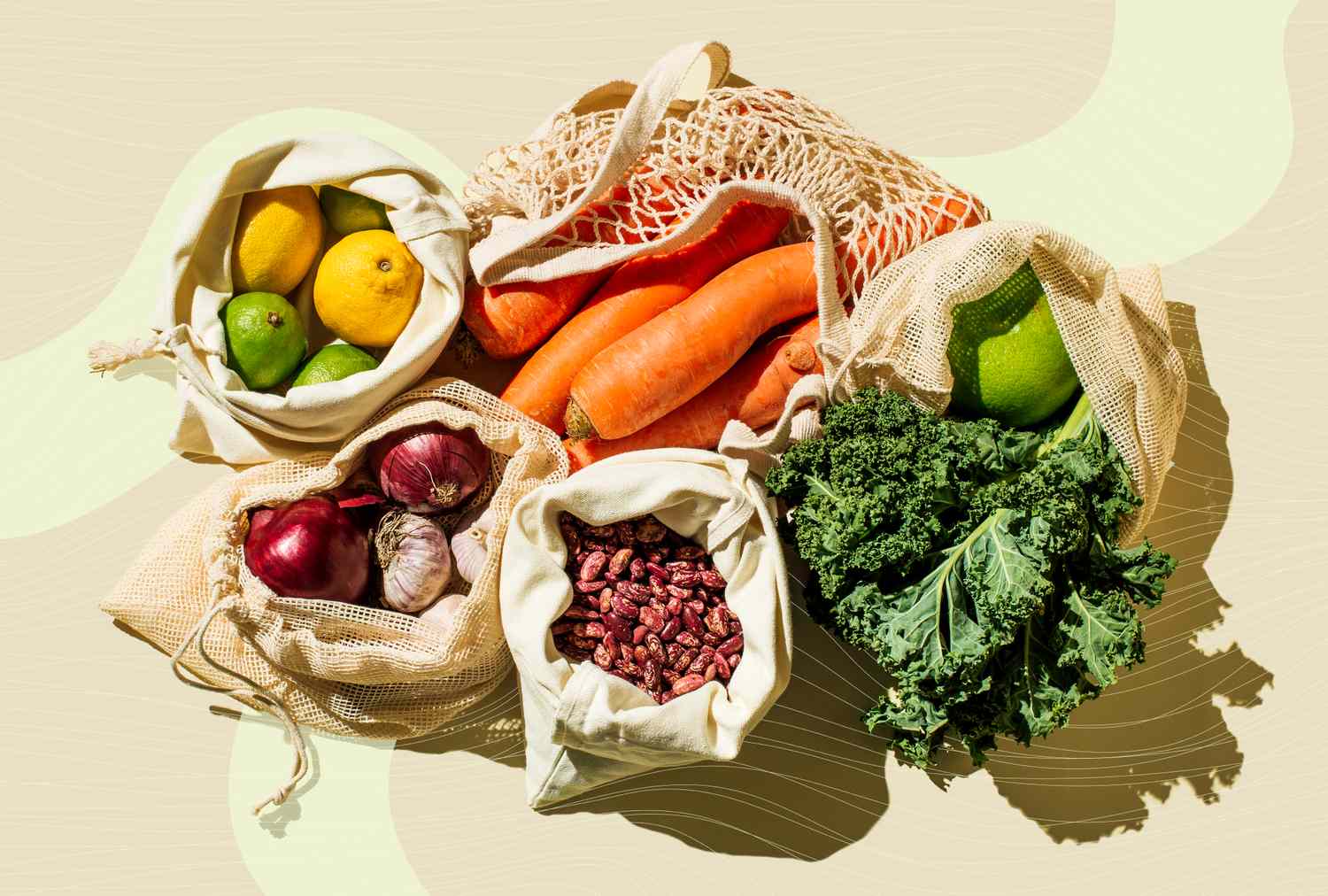- Cutting back on saturated fat is one of the best ways to help lower cholesterol levels.
- Increasing your intake of heart-healthy fats like olive oil and nuts can improve your heart health.
- Plant-based foods and fiber-rich meals can help support naturally lower cholesterol levels.
When your healthcare provider says you need to get your cholesterol down to a healthy range, it’s natural to feel unsure about where to start. The good news? Even small diet and lifestyle habits can have a big impact. We asked cardiologists what the most effective first step is, and they all said the same thing: Cutting back on saturated fat.
Here’s why it matters—and how to make it work in your everyday life.
Why Reducing Saturated Fat Is Important for Your Cholesterol
Cholesterol is a waxy, fat-like substance that the liver produces. This compound is not only found in cells all throughout the body, but also in some of the foods you eat. Some cholesterol is good for you and supports healthy functioning, such as with vitamin and hormone production, says Matthew Vorsanger, M.D. But when there’s too much cholesterol in the blood, it can lead to health problems.
There are two main types: high-density lipoprotein (HDL), often called “good” cholesterol, and low-density lipoprotein (LDL), known as “bad” cholesterol. “Elevated LDL increases the risk of cholesterol build-up in the arteries that can lead to serious health conditions, such as heart attack and stroke,” Vorsanger says.
So, how does saturated fat fit into the mix? It turns out that saturated fats—which are found in fatty cuts of meat, full-fat dairy products and many processed foods—can raise your LDL cholesterol levels. Of course, genetics and other factors can also play a role. However, across several studies, researchers have found that diets low in saturated fats and high in unsaturated fats are associated with lower cholesterol levels and a reduced risk of heart disease.
“Reducing saturated fat intake is the best change people can make to lower their cholesterol,” says Sarah Speck, M.D., M.P.H. Saturated fat changes the way the liver metabolizes cholesterol. So, cutting back on saturated fat helps reduce LDL-cholesterol, largely by improving the liver’s ability to remove LDL from the bloodstream.
Simple Ways to Reduce Saturated Fat—and Boost Heart Health
Fat isn’t an enemy. Your body needs fat for proper growth and development, including hormone production and the absorption of fat-soluble vitamins. However, “The body needs fat as an essential nutrient, but the type of fat can determine our health,” says Barbara Hutchinson, M.D.
Focus on Moderation Over Perfection
Attempting to eliminate all saturated fats from your diet is unlikely to lead to a sustainable change. And in fact, there’s no need to. Vorsanger recommends sticking to the official guidelines. The Dietary Guidelines for Americans suggest keeping saturated fat to less than 10% of your daily calories, while the American Heart Association recommends aiming for less than 6%.
Eat More Heart-Healthy Fats
Increasing your intake of monounsaturated and polyunsaturated fats is another effective way to lower LDL cholesterol levels. Foods rich in these types of fat include nuts, seeds, olive oil, fatty fish and avocado.
Choose Leaner Animal Proteins
Specks notes that the protein content in leaner animal proteins is just as beneficial, but these animal sources of protein have less saturated fat. Think poultry and fish. When choosing beef or pork, go for leaner cuts and limit portion size. When it comes to dairy, opt for low-fat or nonfat options.
Add More Plant-Based Meals
“This can help not only to reduce saturated fat intake, but also to increase fiber intake,” Vorsanger says. “Soluble fiber found in vegetables, fruits, whole grains, beans, lentils and seeds [such as] chia and ground flax seeds can help to lower LDL and total cholesterol levels,” Vorsanger says. This type of fiber binds with cholesterol and bile acids, reducing how much they are absorbed into your bloodstream. Plus, plant-based foods like whole grains, nuts and legumes contain small amounts of naturally occurring compounds called plant sterols that can help lower LDL cholesterol, Hutchinson says.
Cholesterol-Friendly Meal Plan to Try
You Just Found Out You Have High Cholesterol—Try This 30-Day Meal Plan, Created by a Dietitian
More Lifestyle Tweaks That Make a Difference
Cardiologists agree that a heart-healthy lifestyle goes beyond what’s on your plate. These changes can also help lower cholesterol and protect your heart:
- Get Moving:. Aim for 150 minutes of moderate-intensity activity each week. Walking, jogging, swimming and dancing are all good options, but find something that feels good to you.
- Prioritize Sleep: “This is important since chronic sleep deprivation also leads to biochemical turmoil, which affects hormones and choices that will alter our cholesterol levels,” Speck says.
- Manage Stress: While not all stress is within your control, excessive levels of stress can be hazardous to your health. “Taking a proactive approach to managing stress will lower cholesterol levels by reducing the detrimental effects of stress hormones on our metabolism,” Speck says. Some things that can help include journaling, stretching, deep breathing or simply spending time in nature.
Our Expert Take
If you’re working on lowering your cholesterol, cardiologists agree that cutting back on saturated fat is one of the most impactful changes you can make. You don’t have to steer away from it completely. Instead, try opting for leaner animal protein or plant-based options more often than not. Plus, research has also shown that lifestyle habits like being physically active, getting enough sleep and managing stress are also key to keeping your cholesterol levels in check.
As always, speak with your healthcare provider before making major dietary or lifestyle changes, especially if you have existing health conditions or take medications.
And remember: it’s not about perfection. Every step—no matter how small—gets you closer to a healthier heart.
